Buddleia identification guide
What is Buddleia? Read through our Buddleia identification guide below. If you are still unsure, email us your photos and we will confirm whether it is Buddleia for FREE
Quick facts
- Buddleia is a common plant in UK gardens but quickly becomes invasive if not controlled.
- A single buddleia plant can produce over 1 million seeds per year.
- Their flower heads are called panicles.
- Buddleia flowers from early to late summer and loses leaves during the winter.
- Buddleia has the potential to damage walls, paths and guttering if not controlled.
Quick Links
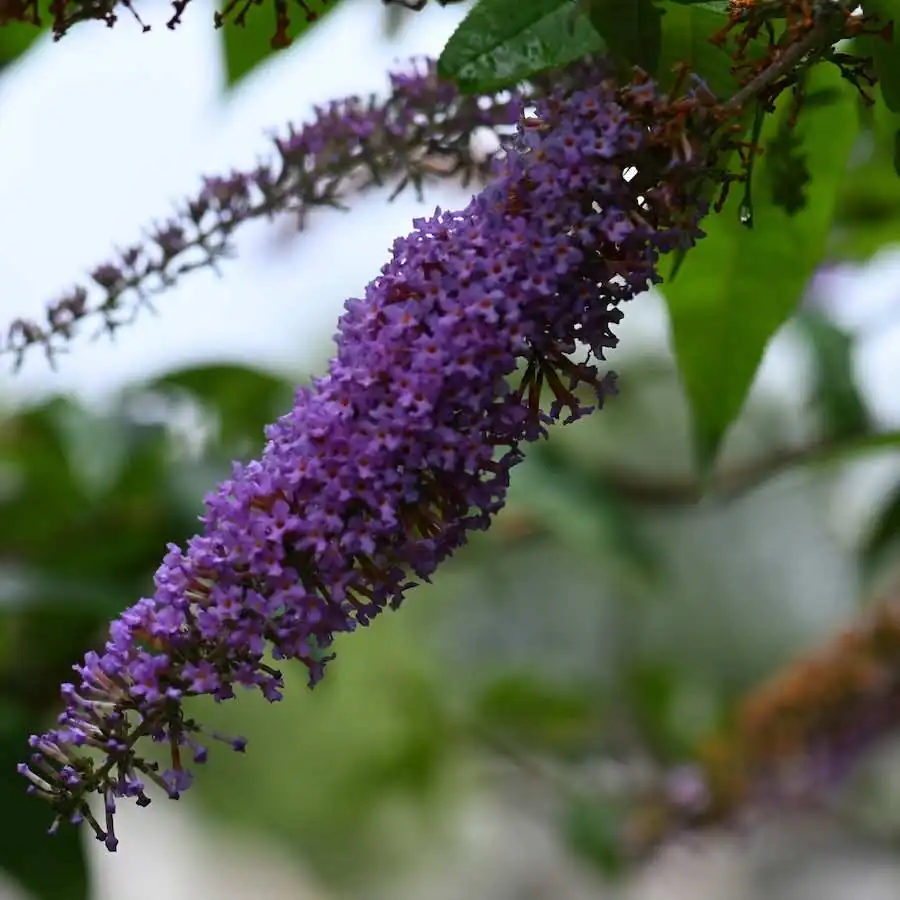
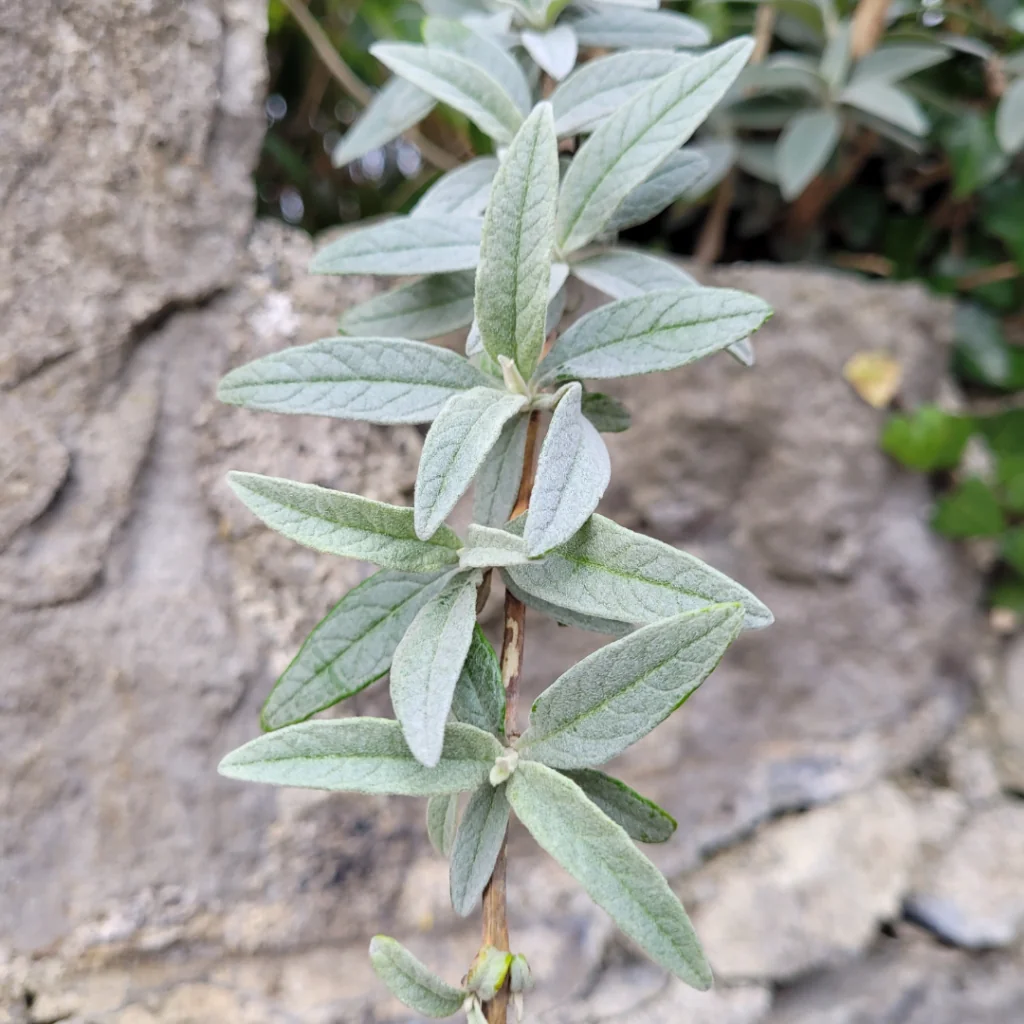
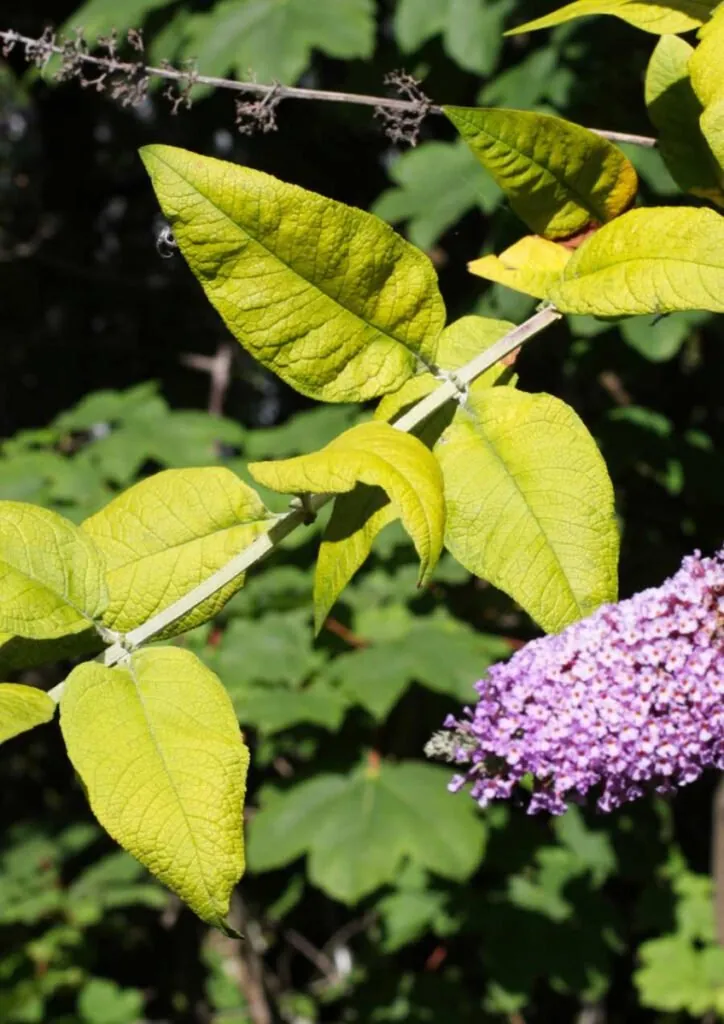
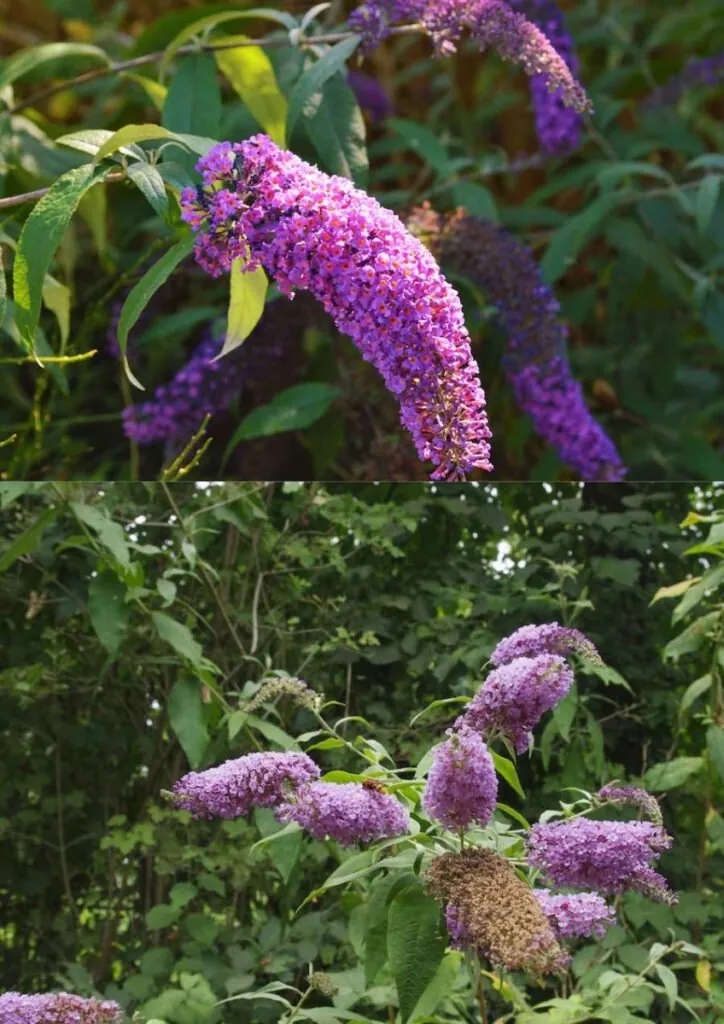
What is Buddleia?
With its small flowers and large, sometimes drooping spikes of blooms, Buddleia is a common plant found in UK gardens and is easy to recognise.
It is sometimes referred to as the butterfly bush because it is a good source of nectar and attracts both bees and butterflies. Buddleia davidii, the most common variety, is a deciduous plant which means that it sheds its flowers and leaves at the end of the growing period and remains dormant until spring, when new leaves form.
Buddleia davidii was introduced to the UK from China in the late 1800s and has since become endemic, though it is generally less prevalent the further north you go. Globally it is widely seen in regions such as Asia and Africa.
There are about 140 distinct species of Buddleia with different coloured flowers and most of these are classified as shrubs. There are, however, some Buddleia trees. The shrubs can grow to a height of about 2.5 metres and the flowers vary in colour from pinks and blues in Asian varieties to yellows and reds on the American continent.
In the UK, we tend to see the purple variety, Buddleia davidii growing in gardens, but also often present on brownfield sites, wasteland, and construction sites. Other species of Buddleia are sold in garden centres around the UK and they are a popular flower with many homeowners.
What does Buddleia look like?
The Buddleia or butterfly bush plant is one of the easiest to identify in your garden. It also spreads quickly so once you find one, several others will follow over the next weeks and months.
The Buddleia plant is easy to identify during the summer months because of the conical grouping of brightly coloured flowers. These tend to be a big attraction for bees and butterflies because of the concentration of nectar, which is one reason that some people choose to grow them in the garden.
Buddleia Flowers
The small flowers of the Buddleia plant concentrate together in the shape of a cone or panicle that is normally 4 to 10 inches in length at the end of a branch. These are usually brightly coloured and have a honey or nectar scent which is one reason why they attract so many insects.
The flowers bloom from early to late summer. In general, though, the flowers start to die off during cold weather, turning brown and eventually releasing their seeds.
Buddleia Leaves
The leaves of the Buddleia plant tend to be narrow, dark green and have a serrated edge. They feel fairly thick between the fingers and the underside has fine hairs.
The leaves start to fall off during the winter months and the plant normally remains dormant until the spring.
If you are purposefully keeping Buddleia in your garden, this is the time you should prune back the growth. If left untended, a Buddleia is likely to grow to 2.5 or 3 metres or about 10 feet. You can prune back almost to the base of the plant, and it will still recover once the warmer weather arrives.
Buddleia Seeds
The seeds of the Buddleia are very small, barely a couple of millimetres in length. Each flower panicle can produce hundreds of seeds, and these are quickly scattered by the wind as the flowers die off.
This is one of the reasons why Buddleia spreads so rapidly if not controlled properly. You’ll start seeing it rising in your neighbour’s garden and the surrounding streets and each year the growth will be increasingly dense if not pruned or controlled.
Buddleia Stems
The Buddleia stems are also quite distinctive, they are woody and quite thick with fine hairs running up and down them.
These are the only parts of the plant that survive over the winter period after the leaves and flowers have dropped off. Mature Buddleia plants have a dark grey to brown bark that can peel in places.
Buddleia Varieties
One of the most common varieties of Buddleia that we see growing in the wild is the summer lilac. Most of the varieties we see in the UK are shrubs, but you can buy some that are trees and there are a few varieties classed as climbers and evergreens.
- The Buddleja alternifolia or alternate leaved butterfly bush is one of the more dramatic varieties and can grow up to 4 metres tall as well as wide over about 20 years. It has been displayed in the RHS show in the past and thrives in sunny, well-drained conditions.
- The Buddleja salviifolia is slightly different in that it is an evergreen and is mostly found in the southern parts of the UK as it is a little more delicate. The flowers can be blue, lilac, or white and it tends to bloom in the spring.
- The Buddleja davidii or butterfly bush is probably the fastest growing of the varieties that we see in the UK and it is characterised by purple cones of flowers. It is one of those plants that can grow practically anywhere whether it is in an exposed place or shaded. Buddleja davidii is the plant that we normally associate with being invasive.
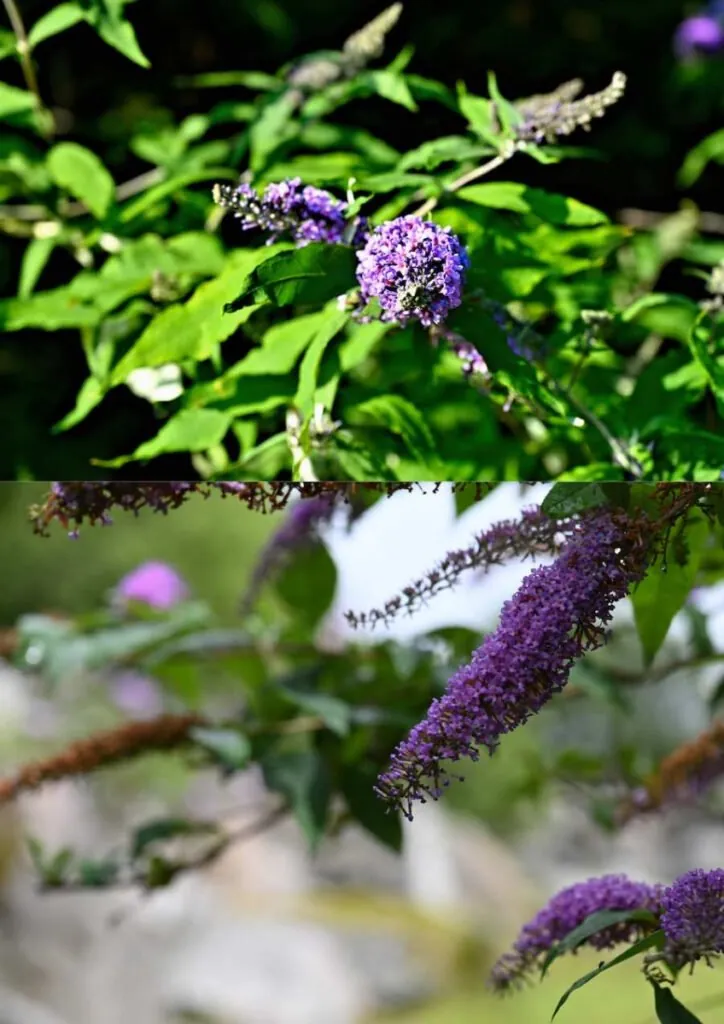

Why is Buddleia a problematic invasive species?
While Buddleia davidii is considered by many to be a great plant for attracting insects like butterflies and bees, it’s also seen in many circles as an invasive species. The problem with the plant is that each flowering cone produces hundreds of tiny seeds that get blown on the wind, carried by insects and birds and spreads quickly if not kept under control.
Particularly in railway sidings and industrial sites, Buddleia will spread rapidly if it gains a foothold. In gardens, it’s important to note that lots of Buddleias are likely to affect certain fauna, including rare invertebrates because it destroys valuable habitats. It’s a particular problem in areas like riverbanks where it causes soil erosion as well as prevents other species, some of which are on the endangered species list, from thriving.
The roots of Buddleia require little in the way of soil which means the plants can find a home in areas like walls, chimneys, and guttering. If not quickly removed, this causes damage and may mean that you will have to spend a lot of money on repairs.
More often than not, damage goes unseen until something catastrophic happens. If Buddleia grows into an external wall for of your home, the damage caused may well also lead to a problem with dampness which can be costly to put right.
There are alternatives to Buddleia that are not invasive, and which are good for butterflies and bees. These include heathers and lavender as well as the herb thyme.
Is Buddleia illegal?
The GB Non-Native Species Secretariat (NNSS) was introduced to track plants like Buddleia and Japanese knotweed and carry out risk analysis on various species. It’s not illegal to have Buddleia davidii in your garden but that could change as its invasive nature is more fully understood. According to the NNSS, Buddleia causes nearly £1 million worth of damage to buildings every year and it also currently presents a significant problem in the management of the UK rail network.
The plant is more common in southern areas of the UK and decreases in distribution as we move towards the north and Scotland. The focus at the moment is not so much on the damage to property that Buddleia davidii can cause, but on the impact it has on local biodiversity, especially in places like riverbanks and conservation areas.
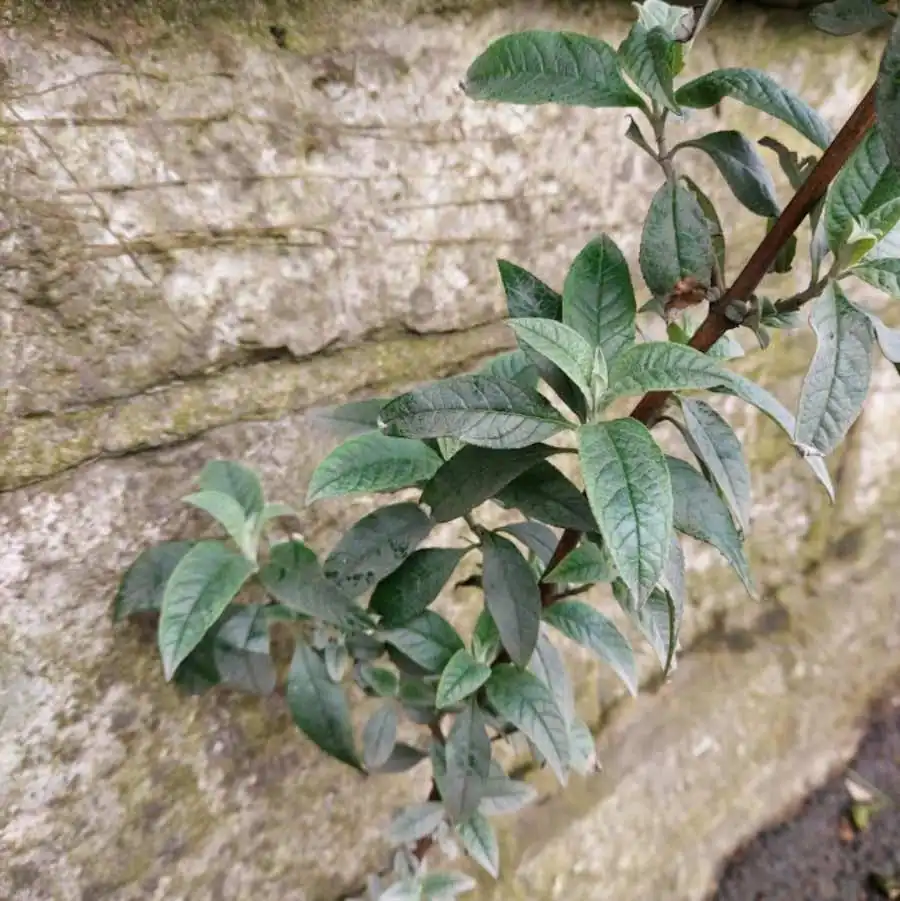
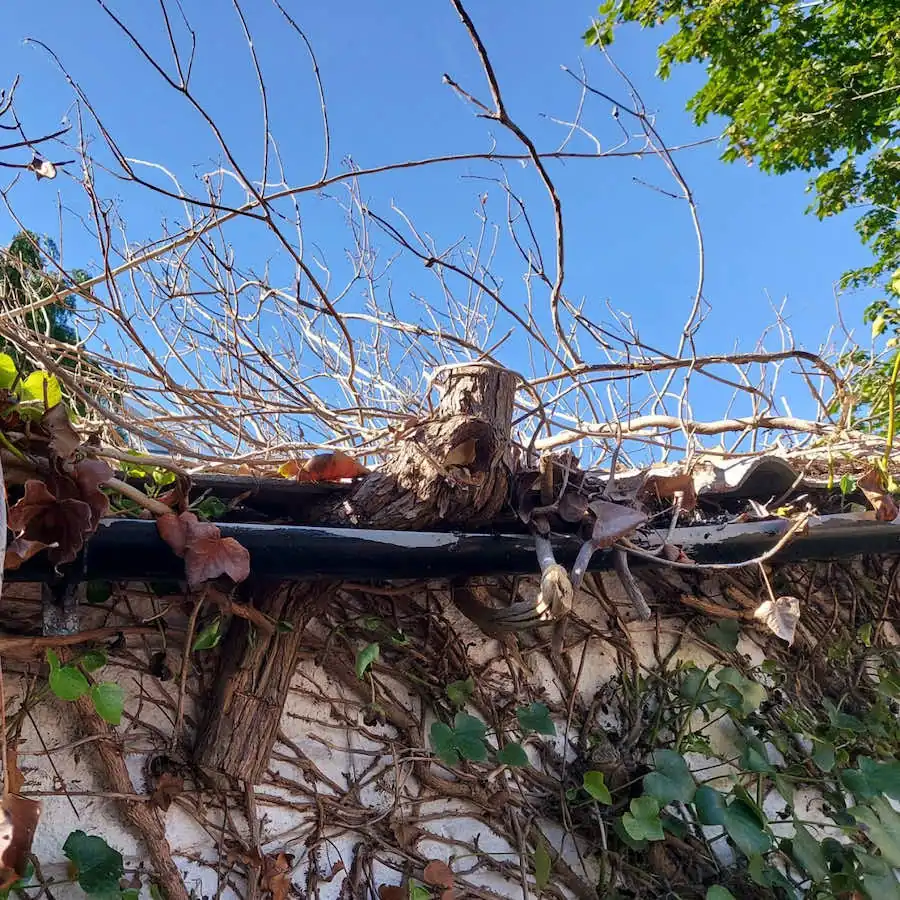
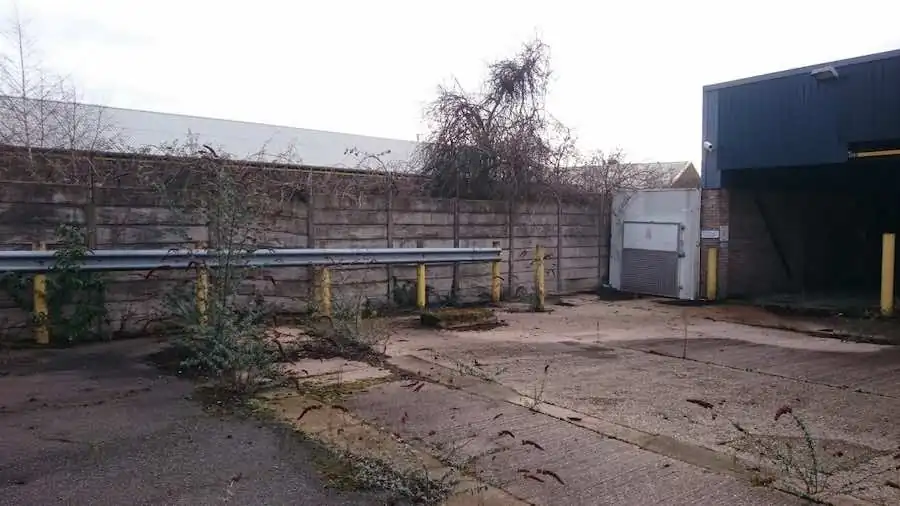
Professional removal of Buddleia
If you want to completely remove Buddleia from a location, it requires professional treatment. For larger areas, like construction sites, the easiest solution is to dig up the soil completely and have this removed to a specialist landfill site. Find out more about Buddleia removal here.
Start fixing your invasive plant problem today by requesting a survey
Request a survey
Rest assured, where invasive species are identified at an early stage and tackled correctly, problems can usually be avoided. Our specialist consultants complete thorough surveys to identify the extent of the problem. Our plans aren’t one-size-fits-all; they’re customised to tackle the invasive species at your property effectively, taking account of all of your requirements.
What our clients say
Reviews
Richard responded to my email asking…
“Richard responded to my email asking for identification from pictures of the plants, immediately. This service is free of charge. All they ask for is a donation to a charity, which is really nice of them. Would definitely recommend them.”
Lovely company
“Lovely company. I am buying a flat in a high risk japanese knotweed area and spotted some suspicious looking shoots in the garden. Emailed photos to Environet who responded super speedily to reassure me it wasn’t knotweed. They asked for a donation to one of their justgiving charities instead of charging a fee for identification which is such a lovely idea!”
I contacted Environet Uk to discuss my concern about Japanese knotweed.
“I was advised how their identification system operated and was asked to send clear photographic images by email, which I did. Within 3 hours, I received a response. Very impressed by the professional manner this was dealt with. Thank you.”
Fantastic identification service!
“Fantastic identification service! I received an email response 1 hour after I sent the company an email with photos. I was advised that the weeds in the photos were not Japanese knotweed which was a huge relief.”
Japanese knotweed identification
“I Can’t fault how professional this company is I spoke with a very professional lady on the telephone that gave me all the information and support we needed.This was followed up by a assessment of some pictures which has given us the piece of mind we need. Thank you”
GET IN TOUCH
Contact us
Our team of experts is available between 9am and 5:30pm, Monday to Friday to answer your enquiries and advise you on the next steps
Want a survey?
Request a survey online in less than two minutes by simply uploading a photograph and providing a few brief details. A member of the team will swiftly come back to you with further information and our availability.
Need quick plant identification?
Simply upload a few images of your problem plant to our identification form and one of our invasive plant experts will take a look and let you know, free of charge what you are dealing with. We’ll also be there to help with next steps where necessary.



